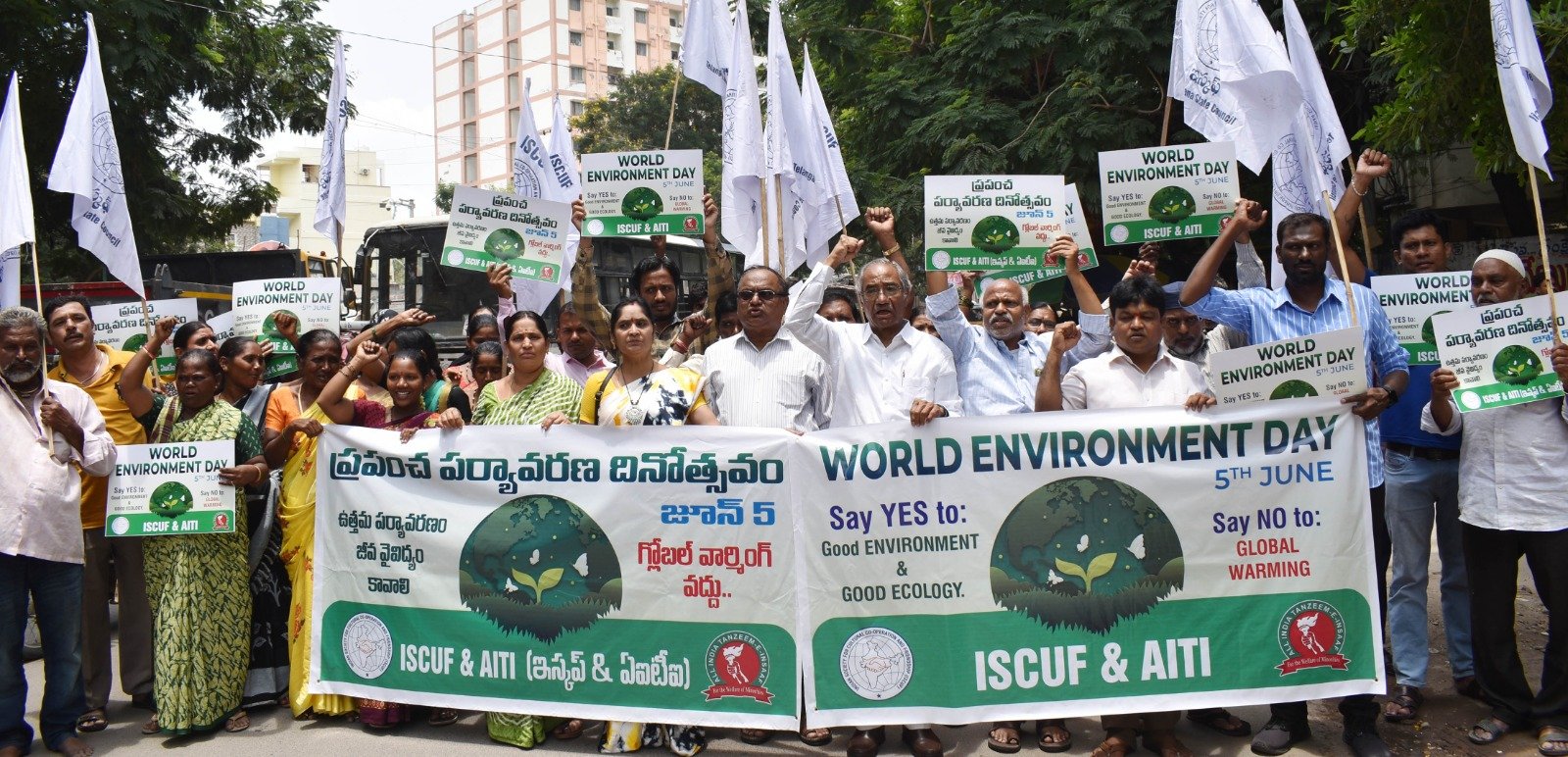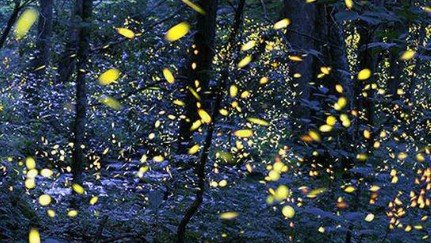Hyderabad: The Godavari River, often revered as the “Dakshin Ganga” or Southern Ganges, is India’s second-longest river and a cornerstone of cultural, agricultural, and economic life in peninsular India. Originating at Trimbakeshwar in Nashik, Maharashtra, it stretches 1,465 kilometers, traversing Maharashtra, Telangana, Andhra Pradesh, Chhattisgarh, and Odisha before emptying into the Bay of Bengal through a vast delta.
Its basin, covering 312,812 square kilometers—roughly 10% of India’s geographical area—supports millions with water for irrigation, drinking, and industry. The river’s annual water yield averages 110 billion cubic meters, but a staggering 2,490 thousand million cubic feet (tmcft) of this flow goes unutilized into the sea each year due to limited storage infrastructure, exacerbating water scarcity in drought-prone regions like Marathwada.
The Godavari’s fertile delta, known as the “Rice Granary of South India,” sustains crops like rice and pulses, while its cultural significance draws pilgrims to sites like Trimbakeshwar and Bhadrachalam, especially during the Pushkaram festival every 12 years. However, the Godavari’s sanctity and utility are under severe threat due to rampant pollution, rendering its water unfit for human consumption in many stretches.
Industrial effluents, untreated sewage, and agricultural runoff have degraded water quality, particularly in urban and industrial hubs. A 2021 study by IIT-Hyderabad and NEERI revealed high levels of heavy metals and chemicals from industrial discharge, with Biochemical Oxygen Demand (BOD) levels in Maharashtra’s upper stretches (Nashik to Paithan) ranging from 6 to 36 mg/L, indicating critical pollution.
Domestic pollution accounts for 82% of the river’s contamination, while industrial effluents contribute 18%. The Nakavaggu rivulet, a tributary of the Manjira, is a stark example, receiving untreated waste from over 150 industries near Hyderabad and Secunderabad, turning fertile lands toxic and reducing crop yields from 40 to 10 bags of paddy per acre.
Major settlement cities along the Godavari, including Nashik, Nanded, and Rajahmundry, bear the brunt of this crisis. Nashik, a key industrial hub with 125 large, 350 medium, and 2,500 small-scale units, sees its river stretch heavily polluted by sewage and industrial waste. In Telangana, towns like Godavarikhani and Manthani contribute drainage water, while Rajahmundry faces untreated sewage and industrial effluents, further degrading the river.
The exact number of factories polluting the Godavari is difficult to pinpoint, but studies suggest hundreds of industrial units, particularly in Maharashtra’s Nashik and Aurangabad and Telangana’s industrial belts, discharge effluents. The Patancheru Industrial Area alone has 72 industries dumping untreated waste into the Nakavaggu, severely impacting the Godavari’s ecosystem.
Efforts to address this crisis are underway but fall short. The Maharashtra and Central Pollution Control Boards have flagged the river’s water quality as “bad” to “medium” per the National Sanitation Foundation Water Quality Index. The Kaleshwaram Lift Irrigation Project has inadvertently worsened pollution by reducing water flow, causing pollutants to stagnate.
Proposed solutions include stricter effluent treatment regulations, releasing turtles to naturally cleanse water, and a comprehensive three-year study under the National River Conservation Plan. Without urgent action, the Godavari risks becoming a shadow of its sacred and vital self, threatening millions who depend on it.


